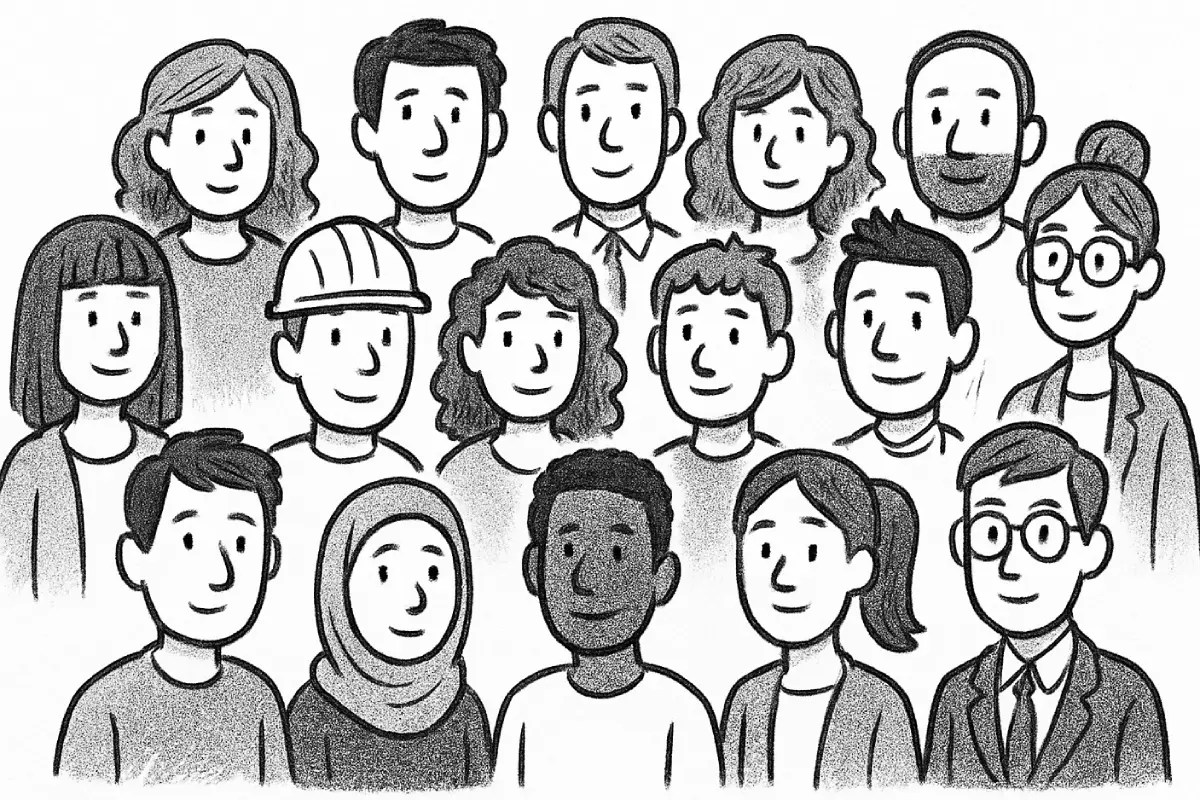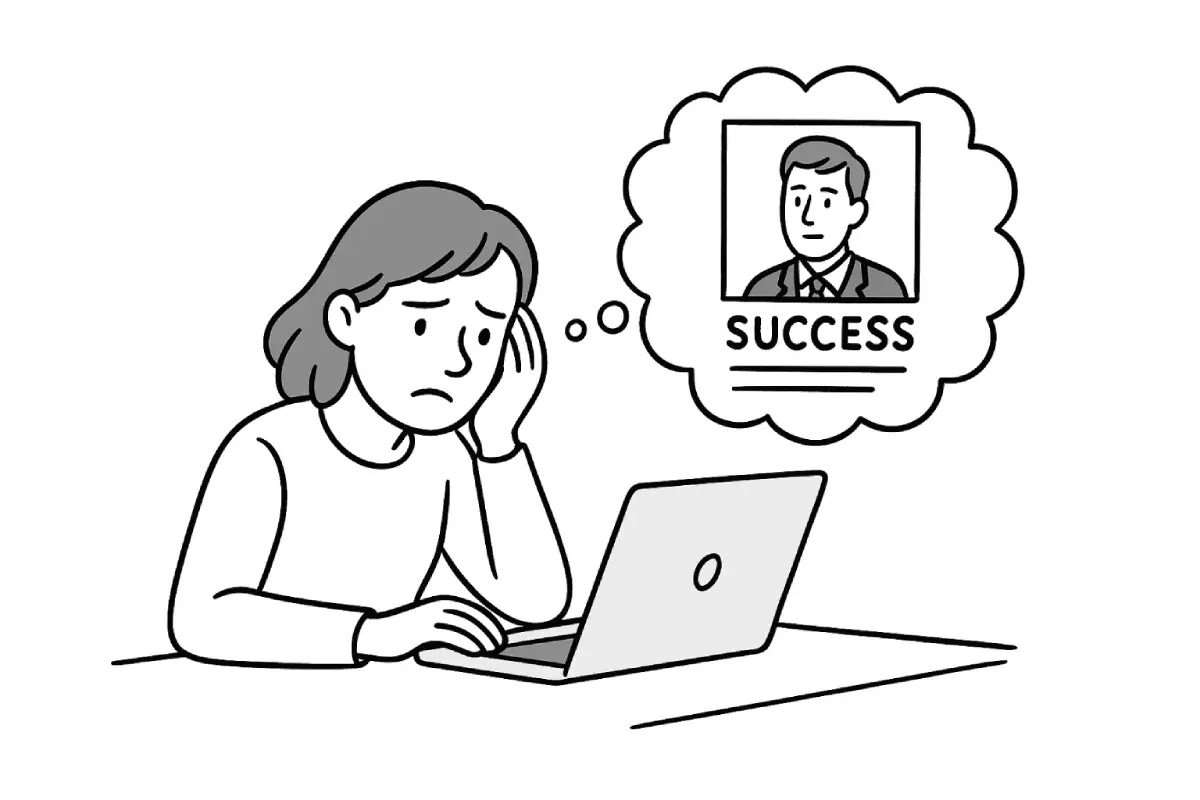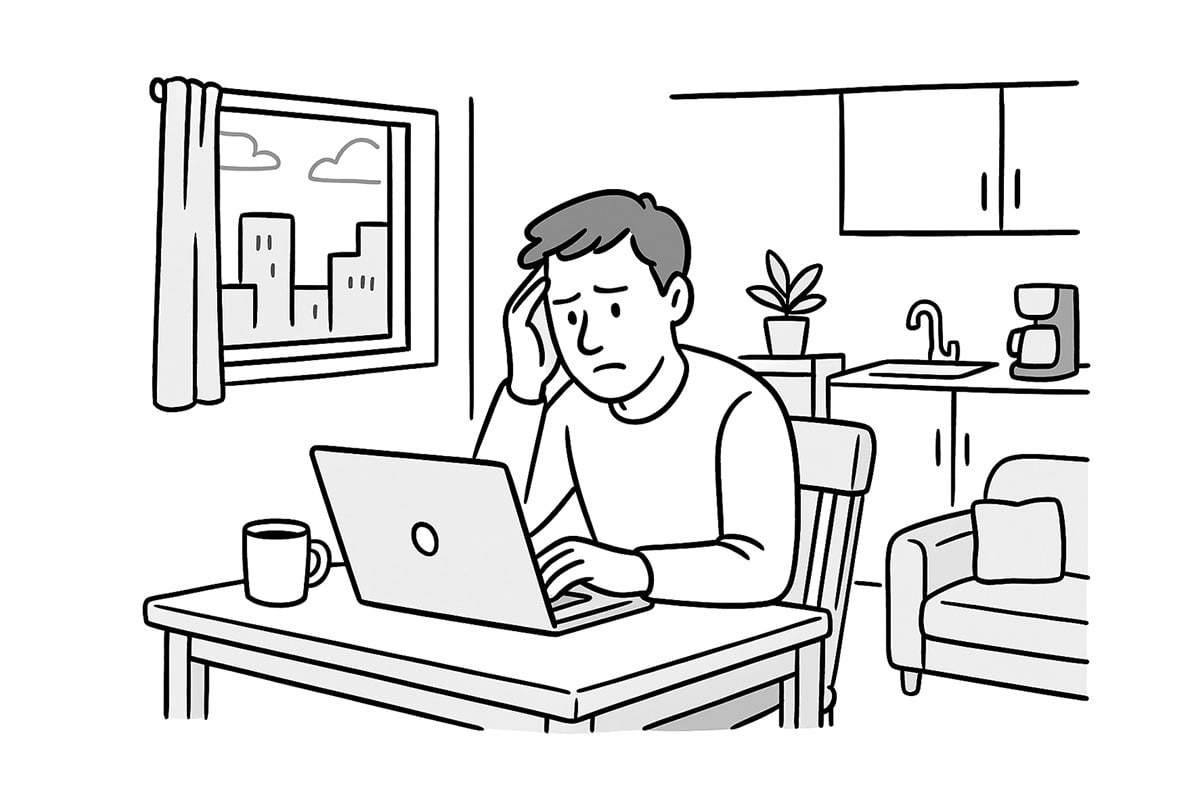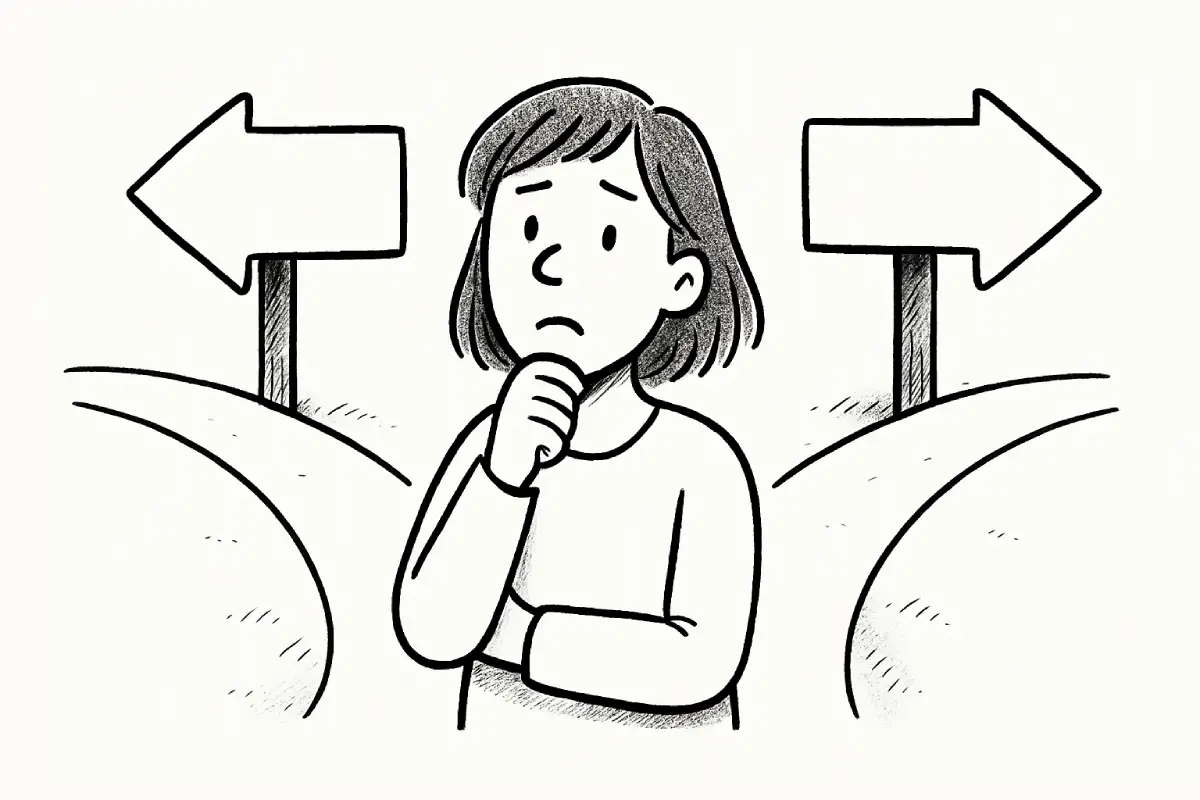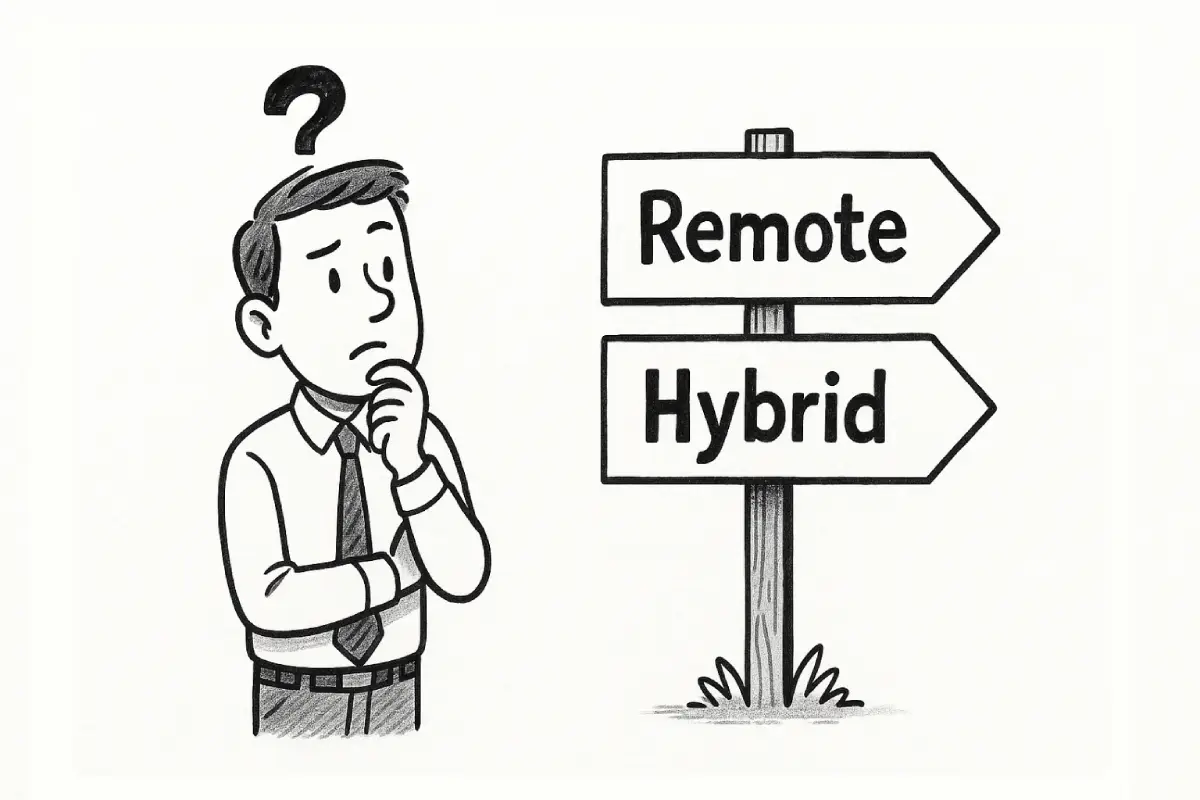Remember the vibe of 2021? It felt like a revolution, didn’t it? The Great Resignation was more than a labor market trend; it was a cultural moment. It was a collective roar, a primal scream into the corporate void. Fueled by pandemic-induced existential dread, stimulus checks, and a sudden, shocking sense of leverage, millions of people threw their hands up and walked away. They were chasing passion, purpose, and a life that wasn’t defined by a 9-to-5 grind. It was messy, chaotic, and for a brief, shining moment, it felt like the workers were finally winning.
And then, the vibe shifted. Again.
The music didn’t just stop; it felt like the record scratched, the lights came on, and the bouncer—in this case, inflation and economic uncertainty—started telling everyone it was time to go home. The triumphant talk of “I quit” was replaced by the nervous whisper of “quiet quitting,” which was then countered by the corporate maneuver of “quiet hiring.” The power dynamic, which had swung so dramatically toward the employee, began to wobble.
Now, in the summer of 2025, it’s clear the revolution is over. But the restlessness is not. The Great Resignation didn’t die. It just grew up, got pragmatic, and started playing the long game. Welcome to the Great Resignation 2.0, or what might be more accurately called The Great Recalibration. This isn’t a single, explosive event; it’s a slow, strategic, and deeply personal reshuffling of the entire deck.
The New Battleground: It is Not About Meaning, It is About Math
The first wave of resignations was emotional. This second wave is transactional. The existential questions about finding meaning in our work have been pushed aside by a much more pressing one: “Can I afford my groceries?”
The battlefield has changed, and the reasons people are ready to jump ship are far more calculated than they were three years ago.
The Office Is a Dealbreaker, Not a Perk
The single biggest disconnect between employers and employees right now is the physical office. For many companies, the push to return to the office (RTO) is a crusade to reclaim culture, collaboration, and control. For many employees, it’s a slap in the face.
After years of building new lives around the flexibility of remote work, being told to put on hard pants and brave a commute to do the exact same job feels like a demotion. It’s not just about convenience; it’s about trust and autonomy. The data is screamingly clear on this: a huge majority of workers who have remote capability want to keep it. Forcing the issue has become a primary driver of attrition. As one recent report from Hunt Scanlon Media highlights, of the employees currently working full-time in an office, only a tiny fraction actually want to be there. The rest are, at best, compliant, and at worst, actively looking for an exit.
“Quiet Quitting” Grew Up and Got Angry
“Quiet quitting”—the act of doing the bare minimum—was a passive-aggressive response to burnout. It was a silent protest. But as inflation has eaten away at stagnant wages and RTO mandates have felt more like punishments, that passive protest has curdled into active resentment.
The new trend isn’t quiet quitting; it’s strategic job hunting. It’s what some are calling the “Great Re-Resignation.” Employees who stayed put during the first wave, who kept their heads down and did the work, are now looking around and realizing their loyalty wasn’t rewarded. Their pay hasn’t kept pace, and their flexibility is being revoked. The result is a massive, simmering pool of talent that is polished, professional, and perpetually open to a better offer. They’re not rage-quitting on a Tuesday; they’re updating their LinkedIn on a Wednesday and taking recruiter calls on a Thursday.
We traded the existential dread of the pandemic for the cold, hard math of inflation and the frustrating logistics of a forced commute. The new quit is not a search for meaning; it’s a search for a margin—a financial margin, a flexibility margin, a respect margin.
The AI Wildcard
Looming over all of this is the specter of Artificial Intelligence. AI is no longer a futuristic concept; it’s a tool being integrated into workplaces right now, and it’s a double-edged sword. For some, it’s a source of deep anxiety, a fear that their job is on the chopping block. For others it represents the single biggest opportunity for career growth in a generation.
This creates a new reason to leave a job: falling behind. If your current company isn’t investing in AI tools, isn’t providing training, and isn’t thinking about the future, staying there feels like career stagnation. The most ambitious workers are now looking for roles where they can gain skills in AI-powered workflows, making them more valuable—and more mobile—in the long run.
The Employer’s Playbook: A Game of Push and Pull
Companies aren’t sitting still. They feel the ground shifting, and they’re making their own moves in this complicated chess match. Their playbook, however, seems to be pulling in two opposite directions.
On one hand, there’s a clear attempt to reassert control. The RTO mandates are the most visible example, but we also see it in the flattening of management layers and a slowdown in salary budget growth. The thinking is that with a cooler economy, the power has shifted back to the employer. They believe they can demand more and give less because employees should be grateful to have a job at all.
On the other hand, the smartest companies know that the war for talent is far from over. They are leaning into the new reality, embracing skills-based hiring over traditional credentials and offering the flexibility that top candidates demand. They understand that in a world of constant recalibration, the only way to keep great people is to build an organization they don’t want to leave.
So, Who’s Actually Winning? (Hint: It’s Complicated)
The truth is, neither side has a clear upper hand. We’re in a standoff. The labor market is a complex, fragmented picture of competing interests.
What has emerged from this push and pull is a new kind of employee: The Pragmatic Professional.
The Pragmatic Professional isn’t driven by the emotional whims of the first Great Resignation. They are not quitting to become a potter in the woods (unless the pottery business has a solid P&L and flexible hours). They are career-savvy, constantly evaluating their current role against the open market. They operate like free agents, always aware of their market value, always open to a trade.
They are loyal to their skills, not necessarily to their company. They understand that a job is a transaction, and they are relentlessly focused on getting the best possible terms for themselves and their families.
What this means for the future of the workforce is that the churn isn’t going to stop. The days of staying with one company for a decade are, for many, over. The Great Recalibration is a continuous process. It’s a workforce that is more mobile, more strategic, and less sentimental than ever before. The only certainty is that the companies that refuse to adapt, the ones still trying to put the genie of flexibility back in the bottle, will find themselves on the losing end of this new, pragmatic war for talent.
You might also like: Remote Jobs Are Not Always Remote — Here’s the Truth
